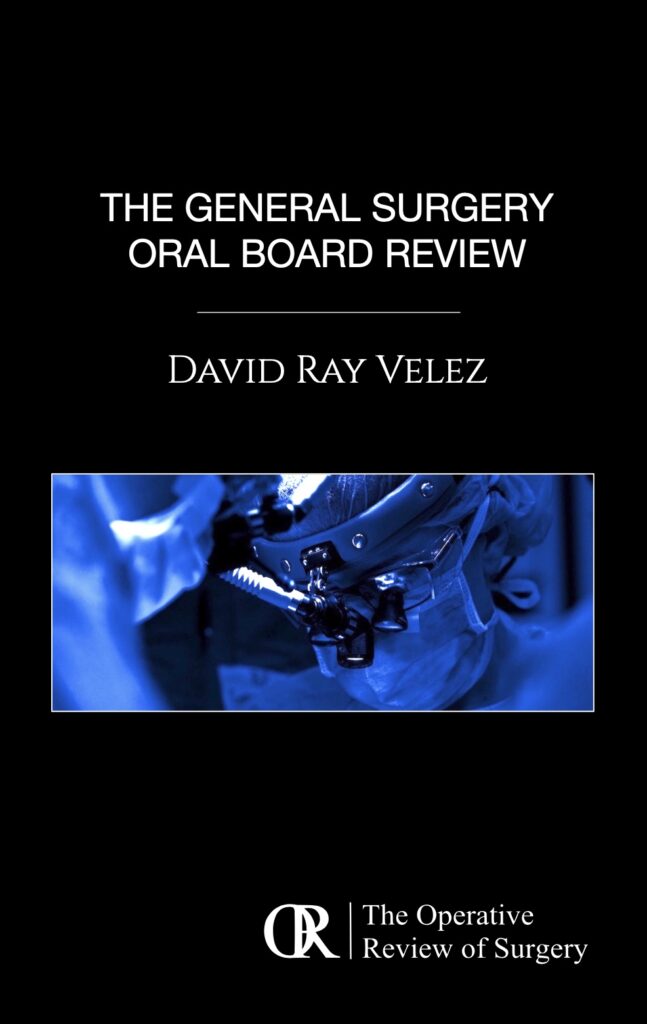Pediatric Surgery: Congenital Diaphragmatic Hernia
Congenital Diaphragmatic Hernia (CDH)
Basics
- Congenital Defect of the Diaphragm Allowing Abdominal Viscera Herniation into the Chest
- Most Common Side: Left (80%)
- Most Occur Before Embryologic Closure of the Pleuroperitoneal Canal
- Has No Hernia Sac but 20% Have a Parietal Pleural or Peritoneal Membrane
- Survival: 60-90%
- Previously Worse but Improving with Better Medical Managements
Physiologic Effects
- Pulmonary Hypoplasia
- Both Lungs are Affected but Ipsilateral Lung is Worse
- Retains Normal Number of Bronchial Buds
- May Have Decreased Numbers of Bronchial Branches & Alveoli
- Arterial Muscular Hyperplasia with Fewer Branches
- Increased Risk of Pulmonary Hypertension
Factors Associated with Poor Prognosis
- Polyhydramnios
- Bilateral Defects
- US Diagnosis Before 24 Weeks Gestation
- Prenatal US with Low Lung-Head Ratio
Presentation
- Most Present within 24 Hours of Birth
- Majority Have Chronic Pulmonary Disease
- May See Significant Improvement in First 2 Years
- Hypoplastic Lungs Never Fully Recover
- Respiratory Distress
- Pulmonary Hypertension
- Asymmetric Barrel Chest
- Scaphoid Abdomen
- Absent Ipsilateral Breath Sounds
Associations
- One-Third Have Major Associated Anomalies
- Cardiac Malformations (24%)
- Vascular Hypoplasia of Internal Jugular Vein & Carotid Artery
- Can Make ECMO Challenging
- Cantrell Pentalogy
- Cardiac Defects
- Pericardial Defects
- Cleft Sternum
- Diaphragmatic Hernia
- Omphalocele
Types
- Bochdalek’s Hernia: Posterolateral (Most Common) Mn
- Morgagni’s Hernia: Anteromedial
- Through the Foramina of Morgagni (Sternocostal Hiatus or Space of Larrey)
Diagnosis
- Many are Found on Prenatal US Screening
- Postnatal Dx: Chest XR
- After Diagnosis Additional Abnormalities Should be Sought: Echocardiogram, Renal US & Cranial US
Treatment
- General Treatment: Initial Medical Stabilization with Delayed Surgical Repair
- Medical Stabilization:
- Intubate & Mechanically Ventilate
- Avoid Mask Ventilation as it Will Distend Intrathoracic Stomach/Intestine
- Pressure-Limited Goal-Directed Ventilation with Permissive Hypercapnia
- Initial Goals: PaO2 > 60 and PaCO2 < 60
- Consider Surfactant or Inhaled Nitric Oxide
- Manage Pulmonary Hypotension
- Avoid Hypotension – Increases Risk of Right-to-Left Shunt & Hypoxia
- May Need Extracorporeal Membrane Oxygenation (ECMO)
- Intubate & Mechanically Ventilate
- Surgical Repair:
- Timing of Surgery Not Well Defined
- Incision: Left Subcostal (Some Prefer Thoracotomy)
- Primary Repair
- Should Be Tension Free (May Be Difficult)
- Consider a Diaphragm Patch or Muscle (Latissimus Dorsi) Flap if Needed
- May Be Unable to Close Abdominal Fascia Due to Loss of Domain

Congenital Diaphragmatic Hernia Anatomy 1

Congenital Diaphragmatic Hernia on Fetal MRI 1
Mnemonics
Bochdalek vs Morgagni
- Bochdalek is ‘Boch’/Back and to the ‘Lek’/Left
References
- Marlow J, Thomas J. A review of congenital diaphragmatic hernia. Australas J Ultrasound Med. 2013 Feb;16(1):16-21. (License: CC BY Unspecified)

